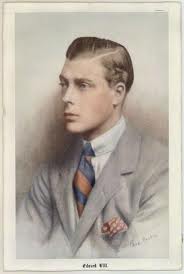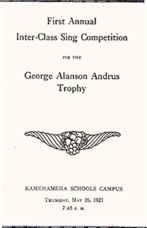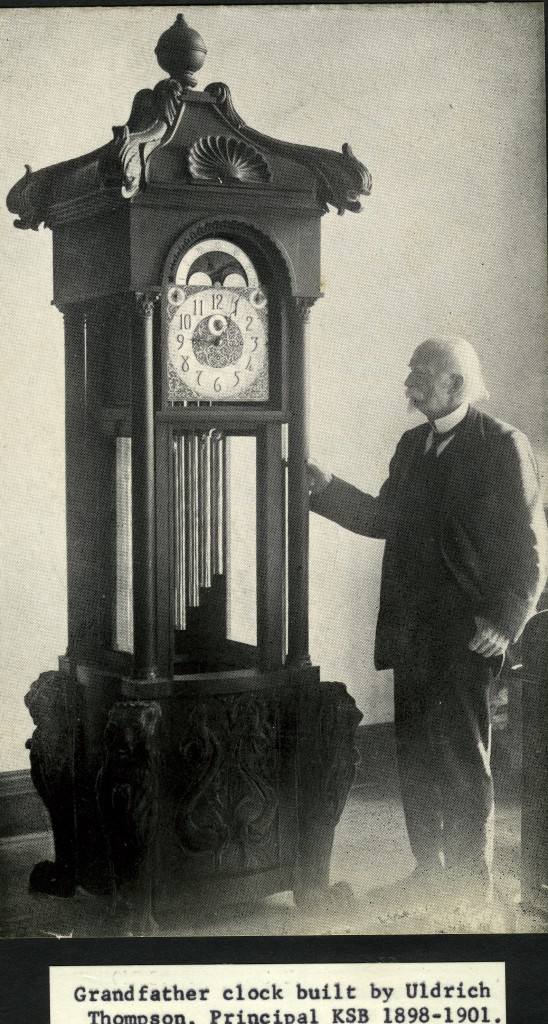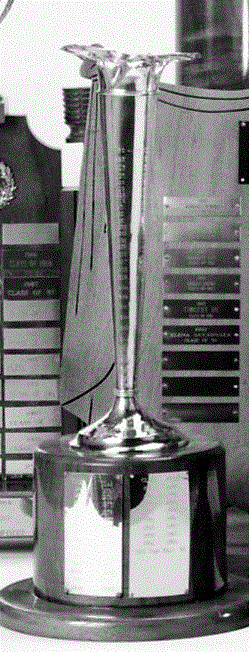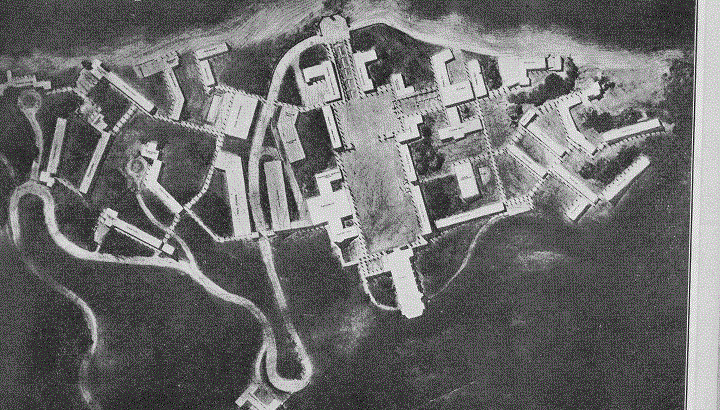Timelines
1915 to 1929 Song Contest and Kapālama plans
1915
Ernest C. Webster is president of the schools. He proceeds to make several organizational changes which include stricter military rules, tighter banking oversight, and better health examinations. Athletic eligibility was also tied to grades and demerits, so that a boy who was not performing well in school or whose behavior was substandard could not participate in sports.
Boys are no longer disciplined by being sent to split wood, they now work off demerits by marching in dress uniform for as many hours as they had discredits. Proper intervals were allowed for rest.
June 7, 1915
CHARLES REED BISHOP DIES at Berkeley California. He is 93 years old. In 1916, his ashes are interred in the Kamehameha tomb beside his wife. Mr. Bishop is called, “Builder of the State Friend of Youth, Benefactor of Hawai’i”
Reverend William B. Oleson also passes away in April of 1917. At the time of his death, Rev. Oleson was secretary of the Hawaiian Board of Missions.
August 1, 1915
ABBIE NEWTON becomes the new principal of the Girl’s school. She institutes pre-vocational nursing in September of that year. In 1916, the girls begin to have regular physical education instruction.
September 1916
Circuit Judge Ashford appoints a three person committee to investigate Kamehameha Schools in regard to admission, maintenance, discipline and employment of the pupils at the schools. The committee is composed of attorney David Withington, Mrs. Emma Nakuina, and Joseph Lightfoot. The consequent report praises the program and staff of the Girl’s school and Preparatory department but has little good to say about the Boy’s school, stating that principal Bostwick was inefficient and a bad moral influence (the committee had proof of the principal’s gambling), and the boys were described as deficient in several aspects.
April 1917
For the annual spring camp, the school did something different and sent all 110 boys to the island of Hawai’i. The boys spent 5 days camping at Kilauea, the Glee Club gave a concert in Hilo, exhibition drills were put on and basketball games were played with local teams. But the trip was marred by the loss of one of the boys who wandered off by himself and was never found. To this day, not a trace of John Kahae has ever been found. The article below is from The Maui News Friday April 27, 1917.
November 11 1917 QUEEN LILI’UOKALANI DIES
Kamehameha students march in the funeral cortege to Mauna ‘Ala. The Kamehameha cadets marched at the head of the organized groups and just behind the Royal Hawaiian Band which followed the Marshall and his aides who were preceded by mounted and foot police.
From the very first, Lili’uokalani has come to every Founder’s day, “Among the people who had come to look on was the Queen. They say she never misses it. She brought a great Chrysanthemum wreath which was hung upon the grave.”–Eleanor Little Baker, Teacher at the Preparatory department 1910.
November 1917
Miss Florence J. Lowe organizes the Girl Scouts at Kamehameha. The troop was known as the Hibiscus troop. Later another troop was formed (number 9) and was named the Sunflower troop.
Spring 1918
The first Alumni Association declamation contest is held. 18 senior boys participated by giving selections along patriotic lines. This was a forerunner of the oratorical contests sponsored by the Alumni Associations and can be most closely compared to speech contests of today.
1919
New principals are found. E.G. Bartlett becomes the new Boy’s school principal, and Maude Post becomes the Preparatory department principal. On the morning of May 29, 1922, Earl G. Bartlett shot and killed himself in his office in Bishop Hall. At the time he was said to have been near a nervous collapse over some investments in oil and other stocks that had not been successful.
April 1920
The Prince of Wales visits Honolulu and is welcomed by Kamehameha cadets with a ho’okupu of fresh fruit.
May 1921
SONG CONTEST beginnings: While not too many details are available, we know that it was an evening event and that the boys were probably dressed in their more formal dress gray uniforms for the event. They were vying for the memorial George Alanson Andrus trophy; Mr. Andrus was the director of music at the boy’s school from 1912-1920. From the June 1921 report to the Trustees, “The first inter-class competitive sing was witnessed by hundreds of people and proved a distinctive feature in our program of school activities. The boys showed a commendable spirit thruout [sic] and both leading and singing were of a high order. The entire contest was a very creditable performance.”
1922
Uldrick Thompson retires after 33 years of association with Kamehameha Schools.
June 3, 1922
The School for Girls holds its first song contest. The girls compete for the New England Mother’s cup donated by Mrs. L.H. Scoville of Watertown, Conn. Mrs. Scoville, visiting the Hawaiian Islands, heard the girls of Kamehameha sing and was so impressed with the charm of the Hawaiian melodies that she made arrangements for the cup to be awarded to the annual song contest winner.
July 1, 1923
FRANK E MIDKIFF (1887-1983) becomes the fourth president of the schools. He adds Hawaiian language instruction to the curriculum, and writes a textbook for teaching Hawaiian with John Wise. Midkiff also creates the Antioch or Cincinnati part-time work/study plan and the live baby program for senior girls. Under Midkiff, girls begin nursing and childcare training at Palama settlement.
1926
TRUSTEES announce plans to build new plant in upper Kapalama, which was to house the School for Girls. The architectural firm of Bertram Goodhue Associates of New York was engaged to develop plans for the new school. The approximate cost for the first unit was set at around $1,250,000.00, at an altitude of 800 feet. Kalihi was becoming increasingly gentrified, there was more and more foot traffic in and around the school grounds, and the Girl’s school buildings were deteriorating or becoming obsolete.
March 1928
THE first blast was set off by William Williamson, Trustee, to start the first work on the new campus.
1929
Grading and leveling were almost completed on the new Kapalama campus. New classes were added in leathercraft and bookbinding for girls, and a four-week homemaking course was arranged for the boys. The school dairy was moved to Hahaione valley, and the boys hosted a return football game with a junior college from Pasadena, CA.








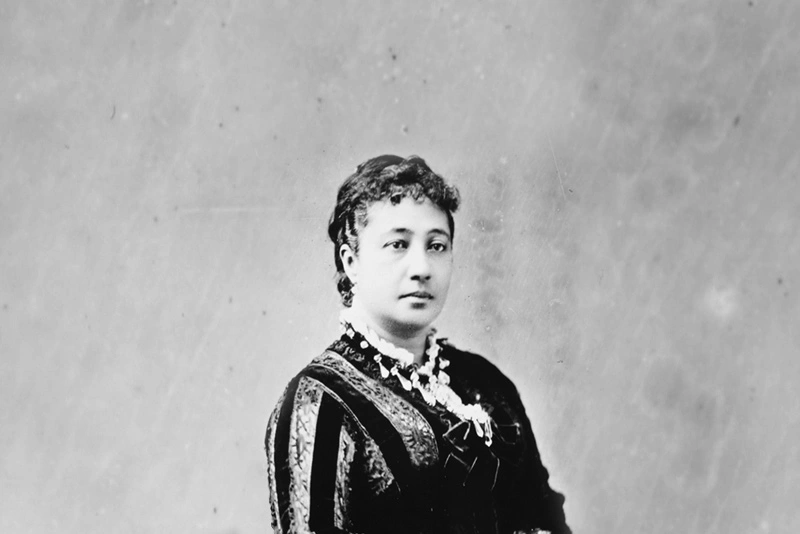



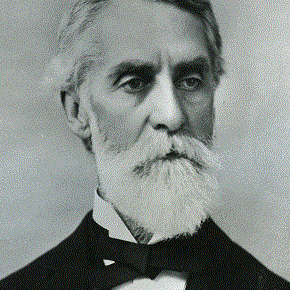
1_144_72.png)
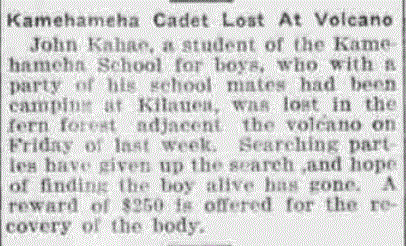

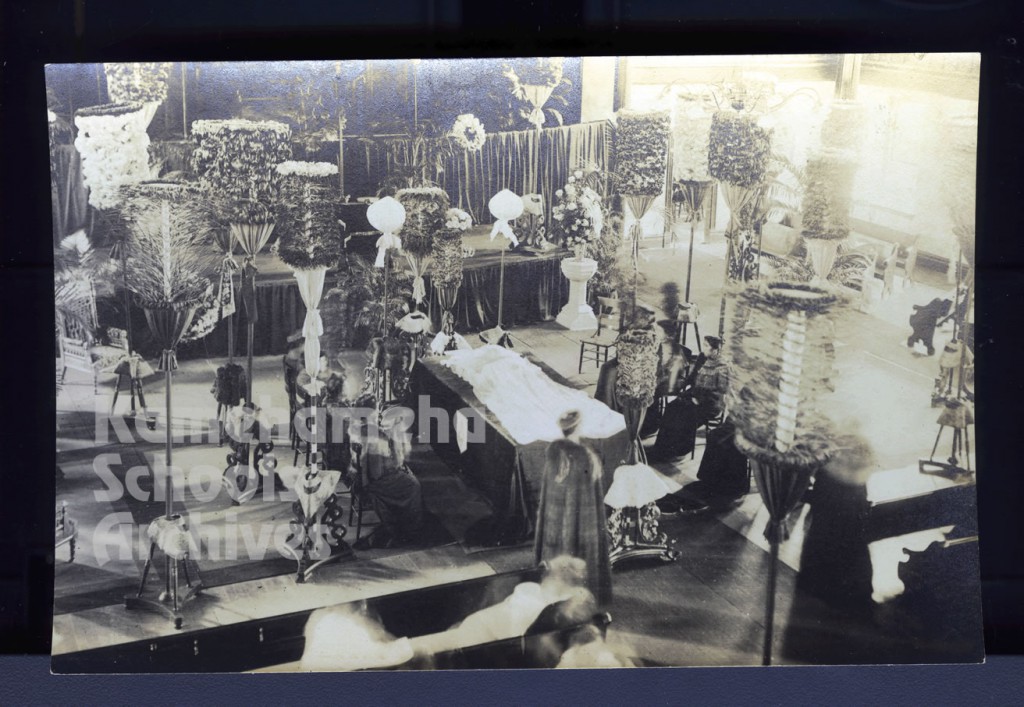

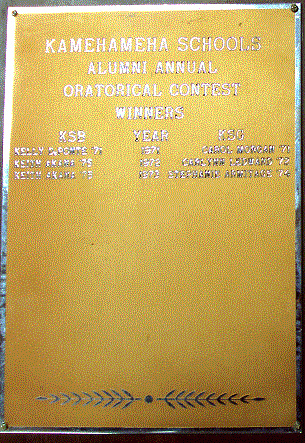

1.jpg)
